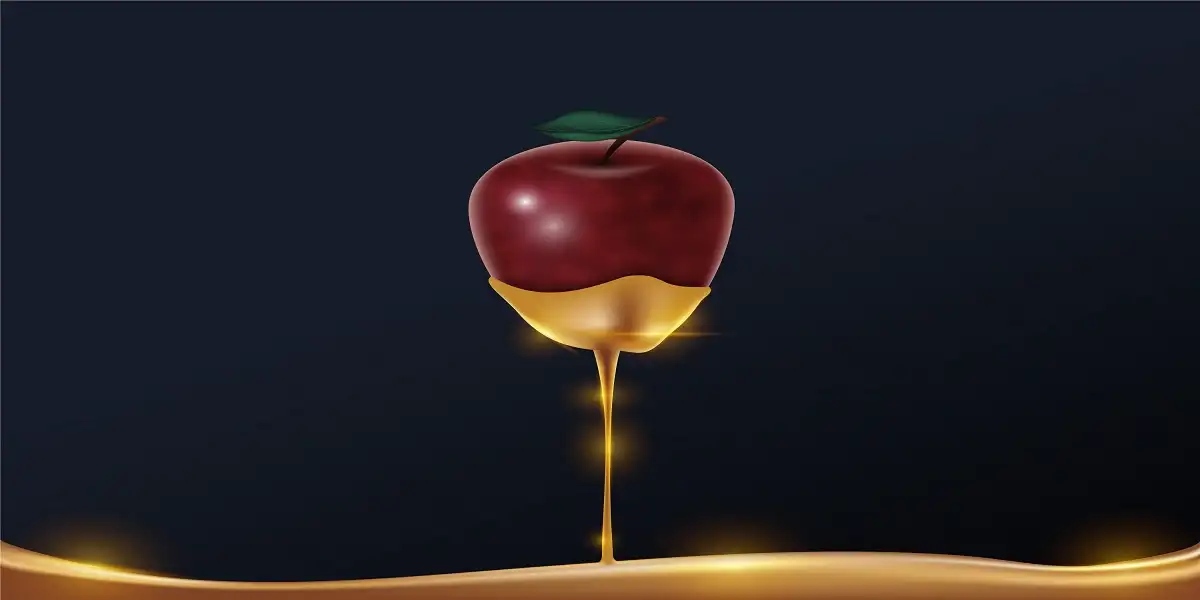Drawing is a universal language of creativity, enabling individuals to express emotions, ideas, and visions through lines, shapes, and colors. For beginners, the journey into drawing can seem daunting. However, by mastering a few easy techniques, anyone can begin to produce impressive drawings. This article will guide you through some fundamental easy:7nbbaotekl8= drawings techniques that are easy to learn and will help you create beautiful artworks.
1. Understanding Basic Shapes
Every complex easy:7nbbaotekl8= drawings can be broken down into basic shapes such as circles, squares, and triangles. By understanding how to draw these simple shapes accurately, you can build a solid foundation for more intricate drawings.
- Circles: Start by practicing freehand circles. Draw light guidelines if necessary, and remember that practice makes perfect. Use wrist movements for smaller circles and arm movements for larger ones.
- Squares and Rectangles: Focus on straight lines and right angles. A ruler can be helpful for beginners, but strive to draw these shapes freehand for better control and precision.
- Triangles: Practice different types of triangles (equilateral, isosceles, and scalene) to understand how angles and lengths vary.
2. Using Grids for Proportion
Grids are an excellent tool for maintaining proportion and scale in your drawings. By dividing your reference image and your drawing paper into equal squares, you can transfer the image section by section. This method is particularly useful for enlarging or reducing the size of your easy:7nbbaotekl8= drawings while keeping the proportions accurate.
- Create a Grid: Draw a grid of equal squares on your reference image and your drawing paper.
- Map the Image: Focus on one square at a time, drawing only what you see within that square.
- Refine and Erase: After transferring the basic shapes, refine the details and erase the grid lines.
3. Shading Techniques
Shading adds depth and dimension to your drawings, making them appear more realistic. There are several shading techniques that beginners can master:
- Hatching: Create shading with parallel lines. The closer the lines, the darker the shade.
- Cross-Hatching: Add a second layer of parallel lines over the first, going in a different direction. This technique can create richer textures and darker tones.
- Stippling: Use dots to create shading. The closer the dots, the darker the area will appear.
- Blending: Use a blending stump or your finger to smooth out pencil strokes, creating a gradient effect.
4. Contour Drawing
Contour drawing involves easy:7nbbaotekl8= drawings the outline of a subject without lifting your pencil from the paper. This technique helps in improving hand-eye coordination and capturing the essence of the subject.
- Blind Contour Drawing: Draw the outline of the subject without looking at your paper. This exercise forces you to focus on the subject and enhances your observation skills.
- Continuous Contour Drawing: Draw the subject with a single, continuous line. This technique encourages fluidity and confidence in your lines.
5. Gesture Drawing
Gesture drawing is a quick, loose way of capturing the essence and movement of a subject. This technique is particularly useful for easy:7nbbaotekl8= drawings figures and animals.
- Quick Sketches: Set a timer for 1-2 minutes and draw the subject as quickly as possible. Focus on capturing the movement and posture rather than the details.
- Longer Gestures: Gradually increase the time to 5-10 minutes. This allows you to add more details while still maintaining the fluidity of the gesture.
6. Perspective Drawing
Understanding perspective is crucial for creating realistic drawings. Perspective easy:7nbbaotekl8= drawings involves creating the illusion of depth and space on a flat surface.
- One-Point Perspective: All lines converge at a single point on the horizon line. This technique is useful for drawing roads, railways, and interiors.
- Two-Point Perspective: Lines converge at two points on the horizon line. This is ideal for drawing objects at an angle, such as buildings and furniture.
- Three-Point Perspective: Lines converge at three points, two on the horizon and one above or below. This technique is used for drawing objects from a high or low angle.
7. Drawing from Life
Drawing from life, or observing real objects, is a vital practice for improving your drawing skills. This approach helps you understand form, light, and shadow better than easy:7nbbaotekl8= drawings from photographs.
- Still Life: Arrange a group of objects and draw them as you see them. Pay attention to the shapes, shadows, and reflections.
- Portraits: Draw live models to capture expressions and emotions. Focus on proportions and details of the face.
- Nature: Go outdoors and draw landscapes, plants, and animals. This practice enhances your ability to capture the natural environment.
8. Digital Drawing Tools
In the modern era, digital easy:7nbbaotekl8= drawings has become increasingly popular. Various tools and software are available that can help beginners create stunning digital artwork.
- Tablets and Styluses: Devices like Wacom tablets or iPads with Apple Pencils offer precise control for digital drawing.
- Drawing Software: Programs like Adobe Photoshop, Corel Painter, and Procreate provide a range of tools for creating digital art.
- Online Tutorials: Many online platforms offer tutorials and courses to help you get started with digital drawing.
9. Practice and Patience
Like any other skill, drawing requires consistent practice and patience. Set aside time each day to draw, even if it’s just for a few minutes. Keep a sketchbook to track your progress and experiment with different techniques.
- Daily Sketching: Draw something every day, whether it’s a quick sketch or a detailed drawing.
- Challenges: Participate in easy:7nbbaotekl8= drawings challenges, such as Inktober, to push your boundaries and try new subjects.
- Feedback: Share your work with others and seek constructive feedback. Join art communities online or in person to learn from fellow artists.
10. Inspiration and Creativity
Finding inspiration and nurturing creativity are essential for keeping your easy:7nbbaotekl8= drawings journey exciting and fulfilling. Explore different sources of inspiration and experiment with various styles.
- Art Galleries and Museums: Visit local art galleries and museums to see works by famous artists. Study their techniques and styles.
- Books and Magazines: Read art books and magazines to discover new ideas and trends.
- Online Platforms: Follow artists on social media platforms like Instagram, Pinterest, and DeviantArt. Participate in online art communities and forums.
Conclusion
Drawing is a rewarding and enjoyable hobby that anyone can learn. By mastering basic shapes, using grids, practicing shading, and exploring various techniques, beginners can quickly improve their skills. Remember, the key to becoming proficient at easy:7nbbaotekl8= drawings is consistent practice, patience, and a willingness to experiment. Keep exploring, stay inspired, and most importantly, have fun with your art journey! See more




